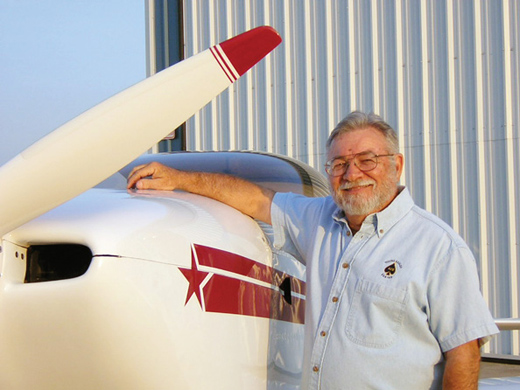
Question: I have an Experimental biplane built in 1984 that is now not airworthy. It needs a new fuselage and new lower wing. I am not the original builder. I understand I can do the work as it is Experimental, but as this is a major modification to the original structure, what are the paperwork implications? Will I only need a condition inspection after completion, or is there a more involved process? Will it need to be placed back into Phase I?
Answer: If you are not significantly modifying the aircraft, rebuilding is considered a repair. Actually, it does not require a new Phase I, only reasonable flight testing.
Question: I know that several years ago, the FAA put a stop to people swapping engines on a factory-built aircraft and then licensing it as Experimental/Amateur-Built. I’ve also read that using a prebuilt certificated engine will not count against the 51% rule, but my question is this: Can building an engine count toward the 51%?
I don’t mean assembling or modifying an engine. I’m referring to actual fabrication: casting the block or machining the block and heads from billet, machining the crank from billet, building connecting rods from scratch, cutting a new cam from scratch, plus fabricating new engine mounts, manifolds, exhaust, baffles, and a fuel system.
Of course, one would not fabricate everything. Spark plugs, oil seals, valves, and springs would all be purchased.
Also, assuming that actually fabricating an engine from scratch would count toward the amateur-built portion, on a plane such as a Cessna 172 or Piper PA-28, what percentage of the aircraft would this count toward, roughly?
Answer: Thanks for your question. Somehow I get the impression that you want to “convert” a certified aircraft to an Experimental/Amateur-Built. In simple terms, that ain’t gonna happen. There are simply too many places it doesn’t qualify.
You asked if “building” the engine counts toward the “major-portion” rule. As a matter of fact, it does! But not nearly as much as you might think. If you go to the FAA website and look up “Amateur-Built Fabrication and Assembly Checklist (2011), Fixed Wing,” you’ll see on page 8, under “Propulsion,” where you can get credit for assembling your own engine. This is one place where the cards are stacked in your favor. Even though you are not penalized for not building your engine, you can get extra credit if you do. Same for propeller fabrication.
As far as fabricating the engine from scratch, you can always include Task P27, “Add Fab Item.” But again, it will never reach a level approaching 51%. My best guess would be that, conservatively, you might get 3 to 4%. The exact overall percentage is dependent on the total number of tasks involved in building the aircraft, but I can assure you that what you seem to be proposing is not going to fulfill the requirements.
When proving compliance with the “51% rule” or, more accurately, the “major portion rule,” you must complete the checklist mentioned earlier, and the results must confirm that you performed more than 50% of all tasks involved.
Of course, if your aircraft kit is listed on the FAA’s “approved kit list,” you will not be required to show this proof unless you performed major modifications or obtained professional assistance.
Please send your questions for DAR Asberry to [email protected] with “Ask the DAR” in the subject line.







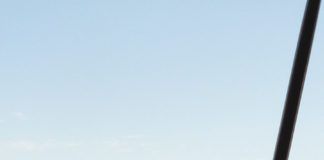
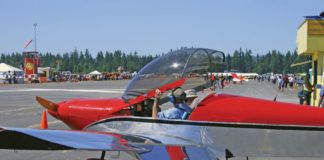
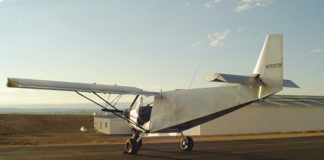
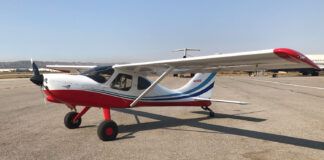
I’m Italian national and Italian resident. I have an amateur built Glastar with Italian registration and Italian permit to fly.
According to a recent regulation Italian CAA ENAC will abandon the supervision of amateur built aircraft and give in hand of a not better specified “quality entity”
I would be happy to cancel the Italian registration and to change it to “N”
The plane has flight manual, maintenance manual and maintenance program (all in English), I can produce the cancellation document issued by the Italian registration authorities.
I have my PPL (SEP land day licence) FAA conversion. I know that there are FAA inspectors working in Europe. (we have a certified N plane on my field in Italy)
Is this feasible?